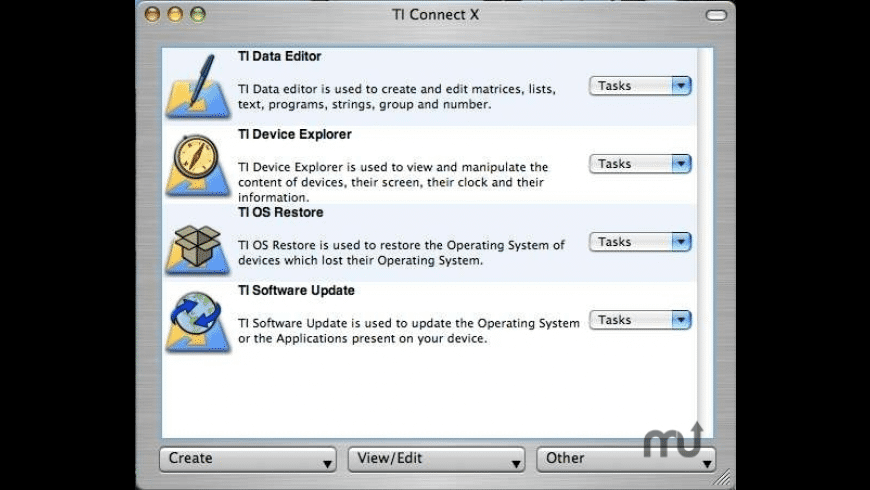
Perhaps that Wi-Fi connection is just down, or the router needs to be restarted.Ī VPN (virtual private network) makes any network more secure (TunnelBear pictured)

That didn't work? Might be time to ask around and see if anyone else can use the internet. Turn off your Wi-Fi, then turn it back on.ĭidn't work? Try logging out of your account on your computer and then log back in-or just restart your computer. In that case, do the one thing that typically fixes every electronic device: restart. Just remember to switch back to your default network location when you're back at your office or home. Select it, and then try to connect to the network you want. Click the dropdown at the top, select Edit Locations, then click the + icon and add a new location. Open your System Preferences and select Network again. Network locations store your network settings for different locations, perhaps to make your computer use a different DNS at home than at the office or for an easy way to change which networks you connect to by default. On a Mac, there's another simple way to clear your network settings and likely get the login screen to load: a new network location. On Macs, a new network location gives you a clean networking start Here are the default pages, each of which works on any platform: You may have noticed your device loading when connecting to Wi-Fi you could go to that site directly to force your browser to test the connection. Then try visiting a non-HTTPS site is a great option as it's non-secured and maintained by ICANN.Īnother good option is to manually visit the site your device tries to open in the background when connecting to new Wi-Fi networks. Instead, open an Incognito window in your browser, which loads with a clean slate. You could clear your browser cache, but that's annoying, and you'd have to log back in to everything. And sometimes you can break it out of that loop by visiting something new. The problem could be that your browser cache is still trying to use the DNS info it knows to access sites, instead of loading the Wi-Fi login page. Sometimes you just need to try loading a new page Now re-connect to the Wi-Fi network, and it should work. Mac: Open Terminal, and enter sudo killall -HUP mDNSResponder Windows: Open Command Prompt, and enter ipconfig /flushdns

If not, you might need to clear the DNS cache on your computer. With that done, turn off your Wi-Fi then turn it back on-and the login screen should open. Select Configure DNS and tap Automatic.Īndroid: Open Settings, tap Advanced, then tap Private DNS. IOS: Open Settings, tap Wi-Fi, and tap the i button beside your network name. There select Option an IP address automatically to use the default DNS servers. Click your connection name (typically Wi-Fi), select Properties, then click Internet Protocol Version 4 and select Properties again. Windows: Right-click your network icon in the system tray and select Open Internet and Network Settings, then click Network and Sharing Center. Select any DNS servers listed, and then tap the - button to remove them and apply your changes. Mac: Open System Preferences, select Network, Advanced, and then click the DNS tab. To fix that, just open your DNS settings and remove any alternate DNS servers. Many public Wi-Fi networks use their DNS server to tell your computer which login page to open-which doesn't work when you're using an alternative DNS server. If you've ever added Google DNS, OpenDNS, or any other alternative DNS to your network settings, though, that may be your problem.

And that's good, at least with public Wi-Fi: your login page is more likely to load, and you won't need these tips. If you don't know where to change your DNS settings, you're likely fine your computer by default automatically picks up a DNS server from the Wi-Fi router, which is what the public Wi-Fi expects you to use automatically. If there's one other tip to remember, it's this-the trick that usually gets login pages to load: turn off your alternate DNS server.ĭNS servers, or domain name servers, match domain names such as to its server's IP address-which makes it much easier to visit websites than typing in 52.0.36.104.

You might speed up your internet with a different DNS server-but not when connecting to public Wi-Fi.


 0 kommentar(er)
0 kommentar(er)
